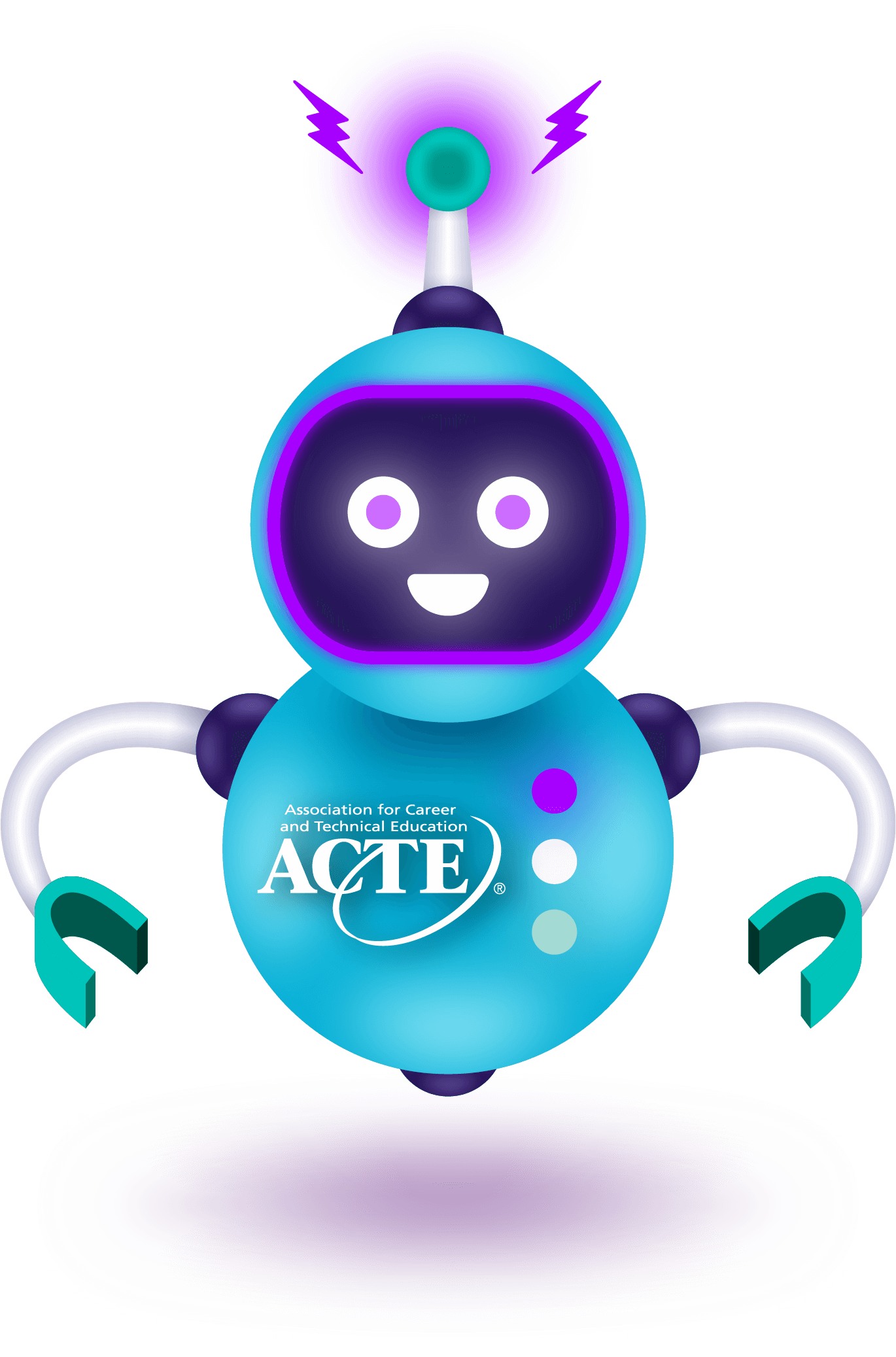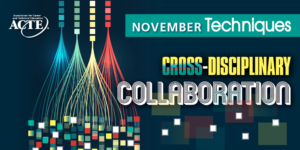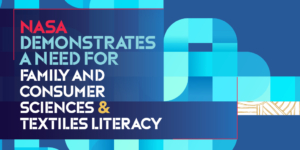As I pause to reflect upon the strides taken in 2023, it’s heartening to see the Association for Career and Technical Education (ACTE) hold true to its mission: providing educational leadership in developing a competitive workforce. The year’s accomplishments, as detailed in the 2023 ACTE Annual Report, exemplify our dedication not only to empowering educators and positioning students for career success, but also to championing inclusion, access, equity, and diversity (IAED) in our organization and across career sectors.
Public policy, advocacy and research
Guided by our mission, we’ve championed impactful policy changes this year, promoting an environment where educators can thrive, and students can compete in a changing workforce. Research has consistently provided data and insights, driving our advocacy in directions that echo our vision for high-quality career and technical education (CTE).
Membership
Our thriving community stands testament to the trust and belief educators and institutions place in ACTE’s vision. This year’s growth in membership shows a collective drive to empower educators and ensure student success.
Events
Each event this year has been a manifestation of our mission and vision. From webinars to national meetings, we’ve cultivated spaces wherein members may gain tools and insights to deliver top-notch CTE programs.
Strategic partnerships
Collaborations have amplified our voice and efforts. By building strategic partnerships, we’ve taken significant strides in integrating our mission and vision into broader educational and industrial landscapes.
Media
Through consistent media engagements, in an effort to reach hearts and minds, we tell the story of career and technical education. Our vision of empowering educators and ensuring student success resonates louder than ever.
Leadership
At ACTE, leadership isn’t about titles or hierarchies. It’s about each member stepping forward with passion. This year, our leadership programs have empowered countless members, creating a ripple effect that will benefit our community for years to come.
Awards
Our awards celebrate those who’ve gone above and beyond for the future of CTE. They remind us all of the heights we can achieve with dedication and perseverance.
I invite you to delve deeper into the 2023 ACTE Annual Report. Beyond our accomplishments, it speaks to the inclusive future we are committed to building. And the auditors’ notes at the end are essential reading for a transparent view of our operations. Your unwavering support has been vital in our journey toward high-quality career and technical education for all. Together, we look forward to more achievements and an even more inclusive tomorrow.
Warm regards,
Chaney Mosley
ACTE President
Read the 2023 ACTE Annual Report
[pdf-embedder url=”https://www.acteonline.org/wp-content/uploads/2024/05/2023-Annual-Report-_-final.pdf” title=”2023 Annual Report _ final”]















